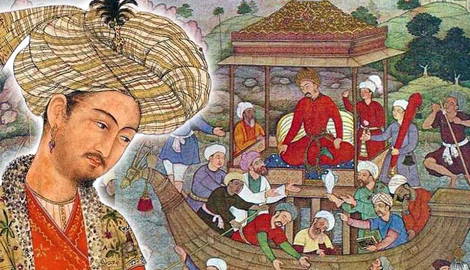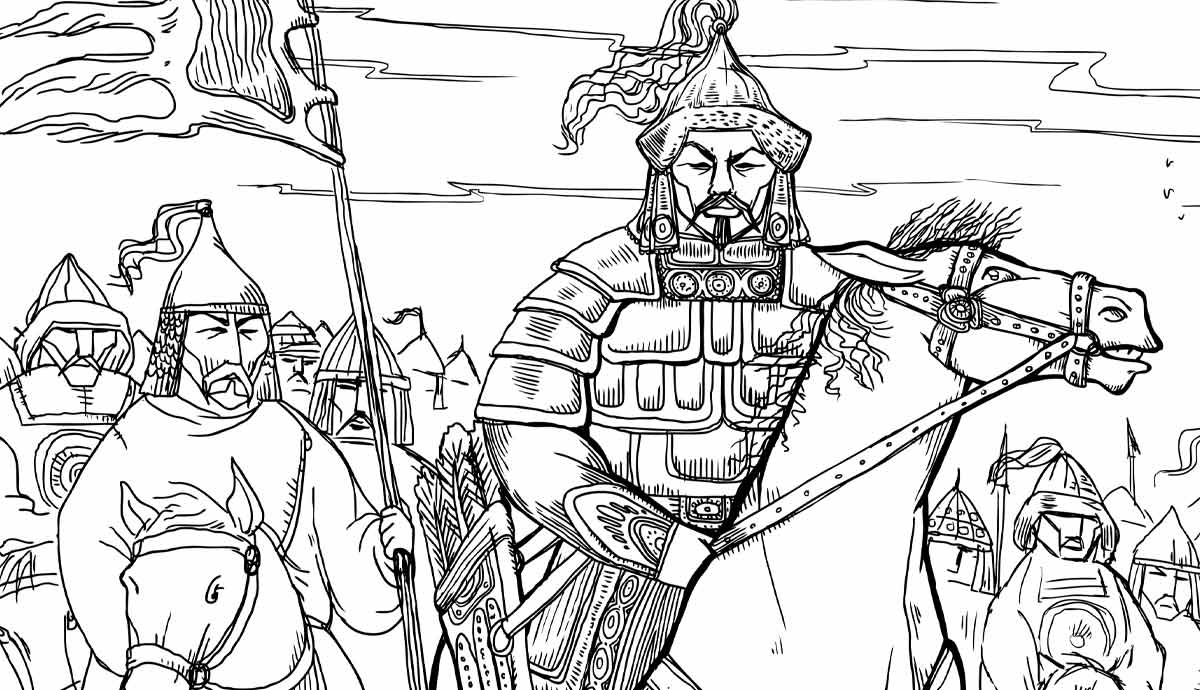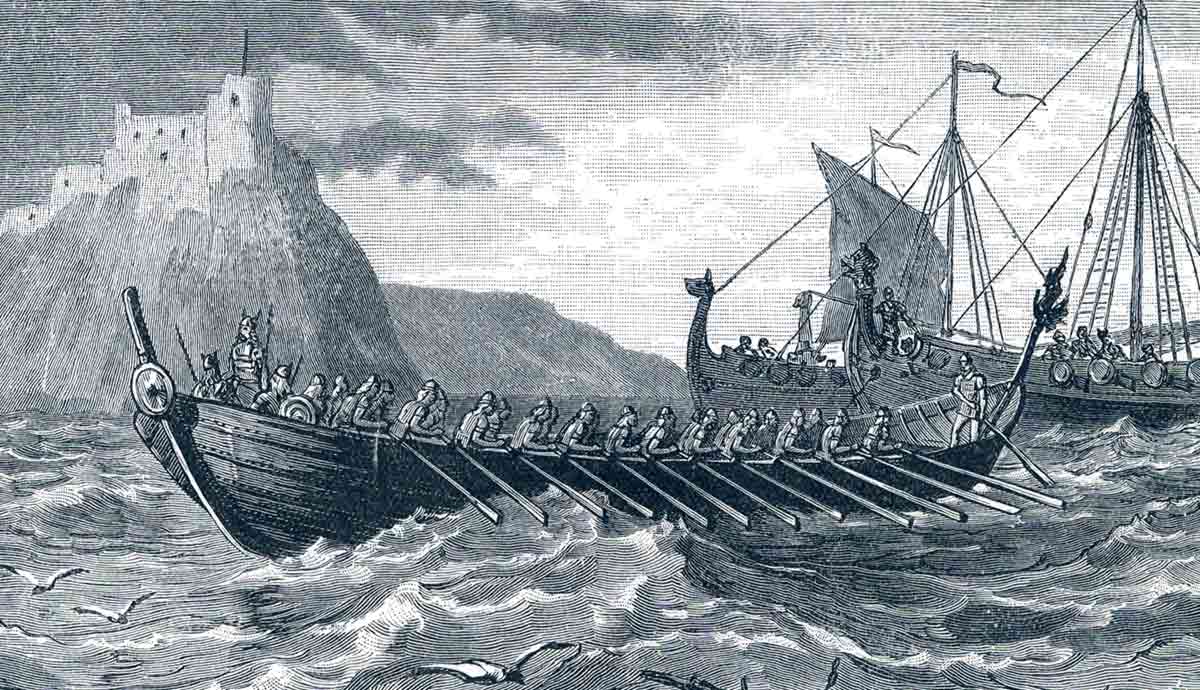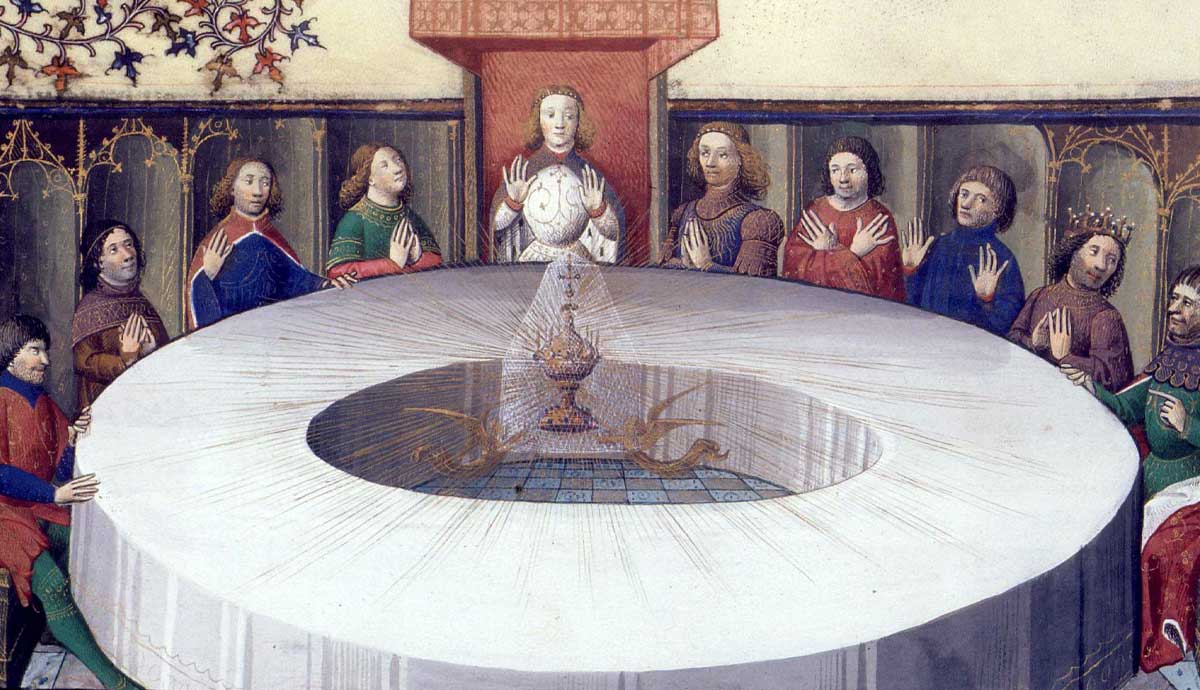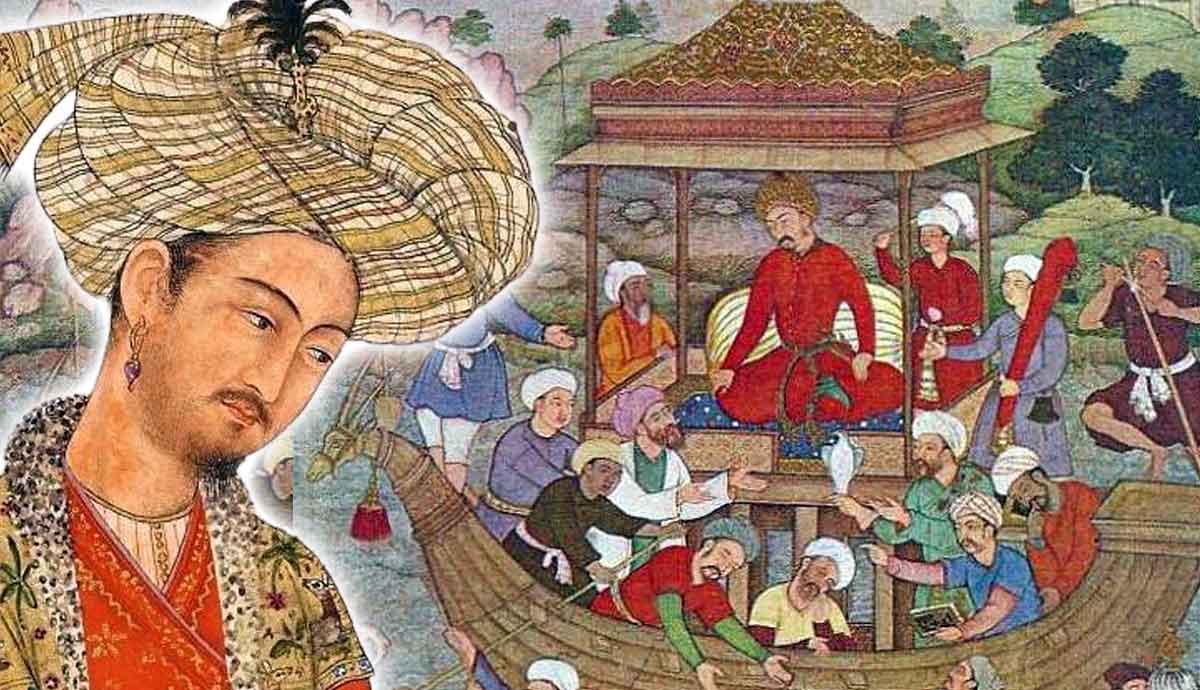
The Mughals were a Muslim empire that expanded from the modern regions of north Afghanistan to Bangladesh at its height in the 17th century. They were tolerant towards other cultures and religions, spoke Persian in their court system, and were one of the wealthiest empires in the Indian subcontinent. Lasting over several centuries, from 1526 to 1857, there were over twenty-one emperors of the Mughal Empire. However, several stand out in history more so than others for their social and political policies, as well as their cultural contributions.
Bābur: The First Emperor of the Mughal Empire

The first emperor of the Mughal Dynasty was not from modern-day India, but in fact, Central Asia. Ẓahīr al-Dīn Muḥammad Bābur, or Bābur, was born in the region of modern Uzbekistan. Bābur was a descendant of Genghis Khan, the first leader of the Mongols, and Tīmūr, the leader of the Timurid Empire. Tīmūr, although known for his brutality, led an empire that was a cultural mix of Persian, Mongolian, and Turkish.
Tīmūr has also been referred to as Tamerlane, a moniker of “Tīmūr the lame,” a reference to a limp he may have had when he walked. This regal lineage was emphasized in the Mu‘izz al-ansāb or “Glorifier of Pedigrees,” a 15th-century family tree of the Mughals. The term Mughal is in fact an Arabic pronunciation of the word Mongol. Thus, even the name Mughal creates a link between the empire and that of the Mongols.
How, then, did Bābur end up in the region of present-day north India? Bābur was kicked out of modern Uzbekistan by an opposing power in 1501 and headed south towards Kabul in present-day Afghanistan. It is theorized that he was initially invited to North India to interfere in the power politics between leaders of the Delhi Sultanate in the 16th century. Governor Daulat Khan Lodi reached out to help him overthrow Ibraham Lodi, the leader at that time.
Allegedly, Ibraham intended to remove Daulat Khan from his position as governor, and was apparently not well-liked by his contemporaries and subjects due to his brutality. After three years, in 1526, Bābur and his armies fully conquered present-day Delhi, replacing the Turkish-Muslim Delhi Sultanate and establishing the Mughal Dynasty. During his reign, which was only four years from 1526 to 1530, Bābur expanded the Mughal empire west towards the Indus River and east towards Bihar, even befriending Hindu leaders in South India.
Bābur and His Interest in the Natural World

Besides being the first to establish the Mughal Dynasty, Bābur also left behind a legacy of interest in the natural world. As someone from the landscape of Central Asia, the flora and fauna of present-day India amazed him. So much so that he recorded them in vivid detail in his autobiography, known today as the Baburnama, the Book of Bābur. Baburnama was the name given to his memoir by his grandson Akbar, a Mughal emperor himself, who commissioned a translation of it from Chagatai Turkish to Persian.
The fascination with natural life seeped into Mughal culture through architecture, works of art, and gardens, which would come to symbolize manifestations of Paradise on earth for later Mughal emperors. Bābur created the first Mughal garden, near what would become the Taj Mahal, known today as the Ram Bagh in Agra, northern India. His descendants carried on this interest in nature through various cultural projects, such as the Taj Mahal, which will be explored in more detail below.
Akbar: The “Greatest” Emperor of the Mughal Empire

Abu’l-Fath Jalal-ud-din Muhammad Akbar, or Akbar, was the third emperor of the Mughal Dynasty and grandson of Bābur. He is credited with expanding the foundation of religious and cultural tolerance that would come to characterize the Mughal Dynasty. This was under the philosophy of sulh-i kul, an Arabic word and Sufi principle, meaning peace for all. This philosophy of rule was an extension of belief initiated by Bābur, who commissioned several Hindu temples during his time of rule. Akbar created an empire that was both cosmopolitan and religiously tolerant, creating decades of prosperity during his almost forty-year reign from 1566 to 1605.
Guided by the philosophy of sulh-i kul, it was important for Akbar to weave Hindus into political life. He created a new political system called the mansabdari, which employed Hindus into high-ranking positions of government in order to give them power and influence within Mughal society. Akbar also ended the jizya, which was a religious tax for non-Muslims that targeted specifically Hindu people. Further, he ended the forced conversion of slaves to Islam. Another representation of his concern with providing Hindus with power and influence was through his marriage to Hindu princesses, whom he did not force to convert to Islam. Merging with Hindu elites within modern India allowed Akbar to absorb lands and wealth that they didn’t previously have access to. Thus, tolerance on a political and social level became an economically viable outcome for the Mughal Empire, which would have an impact on culture.
Culture in the Mughal Empire Under Akbar

Akbar was also an avid commissioner and promoter of the arts during his reign. In many ways, culture was an extension of his philosophy of cosmopolitanism and tolerance that he practiced in his social and political policies. Akbar commissioned the construction of Hindu temples, most famously the Nilkanth Temple in northeast India, for his favorite wife, Mariam-uz-Zamani, who was Hindu.
Perhaps the best architectural example of Akbar’s religious duality would be the Fatehpur Sikri, a small city built west of Agra under Akbar’s commission. Fatehpur Sikri included mosques, gardens, and homes that combined both Hindu and Islamic architectural elements. Additionally, as previously mentioned, Akbar commissioned the translation of Bābur’s autobiography in addition to painters to create images accompanying the Persian script. In the Baburnama, famous artists such as Mansur, considered one of the greatest Mughal painters, and Farrukh Beg created naturalistic scenes of landscapes, animals, and also historical figures and scenes. Typically, Islamic cultures don’t depict people, so why are they included in the Baburnama? This type of manuscript, known as miniatures, became a style of art introduced into Persia by the Mongols, who were influenced by the paintings of China.
The Height of the Mughal Empire – Jahangir and Shah Jahan

Nur-ud-din Muhammad Salim, known as Jahangir, was the son of Akbar. He continued his father’s legacy of cultural and religious tolerance and promotion. Although off to a bumpy start due to an attempt by his eldest son, Khusraw, to take the empire, the Mughal Empire that Jahangir came to rule—from 1605 to 1627—was one characterized by wealth and economic expansion. Internally, Jahangir developed agriculture through the introduction of sugarcane and cotton, which grew easily, and improved transportation so that farmers could bring their products to markets further afield.
Externally, he continued to develop relations with Hindu leaders throughout modern India, as well as Europeans, which expanded trade opportunities for both imports and exports in the Mughal Empire. In this state of economic abundance, Jahangir was an avid commissioner of miniatures, especially those depicting elements of the natural world. His collections of botanical drawings and paintings were extensions of the interest in nature by the first Mughal emperor, Bābur. Further, he commissioned many garden projects, such as the Shalamar Bagh in modern Pakistan, which was described as “Paradise on Earth” by a famous Persian poet, Jami.
Mirza Shahab-ud-Din Muhammad Khurram, or Shah Jahan, was the son of Jahangir, who ruled the Mughal Dynasty from 1627 to 1658. Shah Jahan enlarged the military might of the Mughal Empire so much so that by 1648, it included over 911,400 soldiers. The Mughal Dynasty expanded under this force through various military campaigns that absorbed Persian territories in Central Asia, kicked the Portuguese out of Bengal, and forced the Ahmadnagar Sultanate into providing tribute. Under the expanding empire, however, Shah Jahan was able to maintain economic stability, which allowed him to commission a number of cultural and artistic achievements, most famously the Taj Mahal.
The Taj Mahal and Other Architectural Feats of Shah Jahan

The Taj Mahal was commissioned as a tomb and monument to Shah Jahan’s favorite wife, Mumtaz Mahal, who died unexpectedly during childbirth. It is theorized that because Mumtaz would spend a lot of her time near the Yamuna River in Agra, the Taj Mahal was constructed in its vicinity. Throughout the Taj Mahal, there are various examples of the inclusion of naturalistic elements such as leaves and other foliage that were carved into the walls of the monument. Shah Jahan not only commissioned the Taj Mahal, but the “golden age of Mughal architecture” also saw the commission and construction of the Red Fort Complex in the new capital of Shahjahanabad in present-day Delhi.
Other architectural feats included the Jama Masjid, or the “Friday Mosque,” and the Khas Mahal, which was constructed for the two favorite daughters of Shah Jahan, Jahanara and Roshanara. Many of these monuments, buildings, and forts included naturalistic foliage and ornamentation that was appreciated by prior Mughal emperors.
The Legacy Left by the Mughal Emperors

The Mughal Empire ruled the regions of modern India, Afghanistan, Pakistan, and parts of Bangladesh for centuries. Through developments in social and political structures founded on religious tolerance and inclusion, military expansion, and patronage of arts and culture, Mughal emperors Bābur, Akbar, Jahangir, and Shah Jahan created one of the wealthiest empires in the early modern period. Although the Mughal Empire ended after the Indian Rebellion of 1857, it continues to live on through the architecture, artifacts, paintings, and other works of art commissioned by its rulers.
